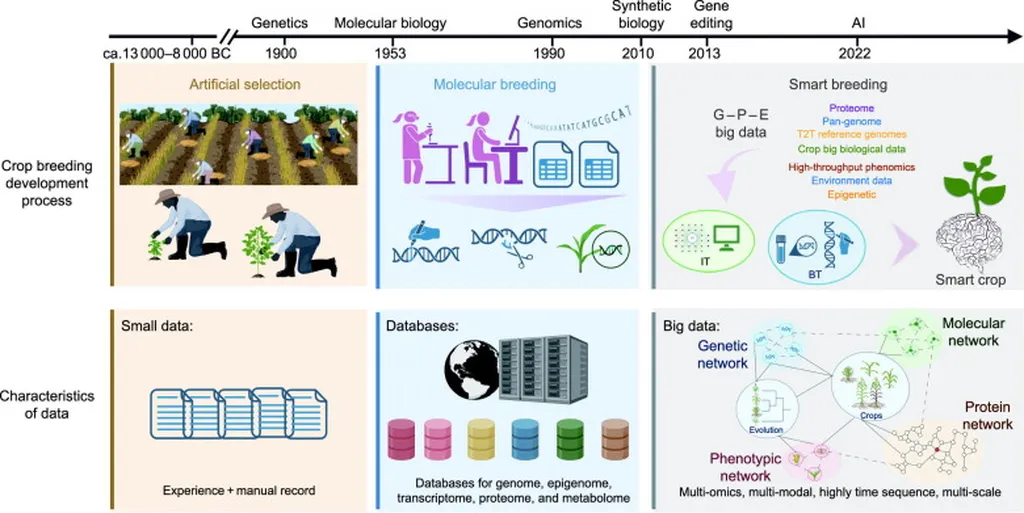In the ever-evolving landscape of modern agriculture, the need for predictive models that balance accuracy with interpretability has become increasingly critical. As high-resolution remote sensing technologies capture vast amounts of spectral, thermal, and soil data, agronomists are faced with the daunting task of interpreting these complex, nonlinear datasets. Enter a groundbreaking study led by J. Triana-Martinez from the Signal Processing and Recognition Group at Universidad Nacional de Colombia, Sede Manizales, which introduces a novel framework designed to enhance agricultural data interpretability and visualization.
The study, published in *Results in Engineering* (translated to English as “Results in Engineering”), presents the TabNet-informed UMAP-based Local Biplot (UL-Biplot) framework. This innovative approach combines TabNet’s attention-based feature attribution with a Local Biplot technique derived from the Uniform Manifold Approximation and Projection (UMAP). The result is an intuitive representation of non-stationary and non-linear data patterns, significantly improving both global and cluster-level explainability.
“Our framework provides a more comprehensive understanding of the data, making it easier for agronomists to make informed decisions,” explains Triana-Martinez. “By leveraging TabNet’s attention scores, we can highlight feature loadings and reveal distinct agronomic clusters associated with irrigation-induced greenness indices and moisture stress responses.”
The framework was evaluated on a synthetic benchmark and two real-world datasets: a forage grasses trial for breeder score prediction and the WMBD wheat dataset for Leaf Area Index (LAI) estimation. The results were impressive, with the framework achieving an R2 of 0.79±0.01 for LAI and delivering more consistent performance for breeder scores (R2=0.77±0.01) relative to standard machine learning models. Moreover, TabNet’s latent embeddings showed significant improvements in trustworthiness (from 0.94 to 0.98) and in class-neighbourhood preservation (0.047 versus 0.018 with conventional methods).
The implications of this research are far-reaching. By enhancing data interpretability and visualization, the UL-Biplot framework can provide actionable insights for site-specific crop management, ultimately leading to more efficient and sustainable agricultural practices. This could translate into significant commercial impacts for the energy sector, as improved crop management can lead to more efficient use of resources and reduced environmental impact.
As we look to the future, the integration of advanced machine learning techniques like TabNet with visualization tools like UMAP and Local Biplots could revolutionize the way we approach agricultural data analysis. This research not only advances our understanding of complex datasets but also paves the way for more informed decision-making in the agricultural sector.
In the words of Triana-Martinez, “This is just the beginning. The potential applications of our framework extend beyond agriculture, offering new possibilities for data interpretation and visualization across various industries.” As we continue to explore these possibilities, one thing is clear: the future of agricultural data analysis is looking brighter and more interpretable than ever before.

